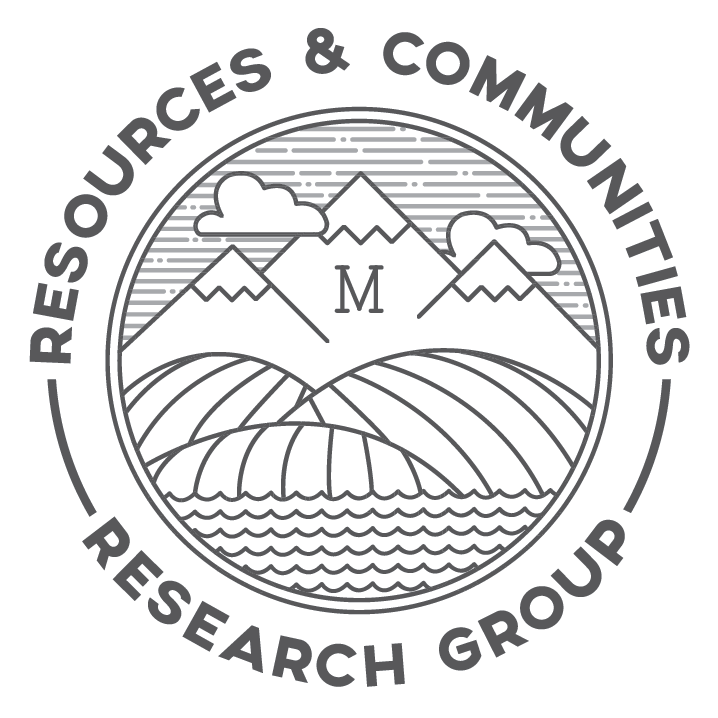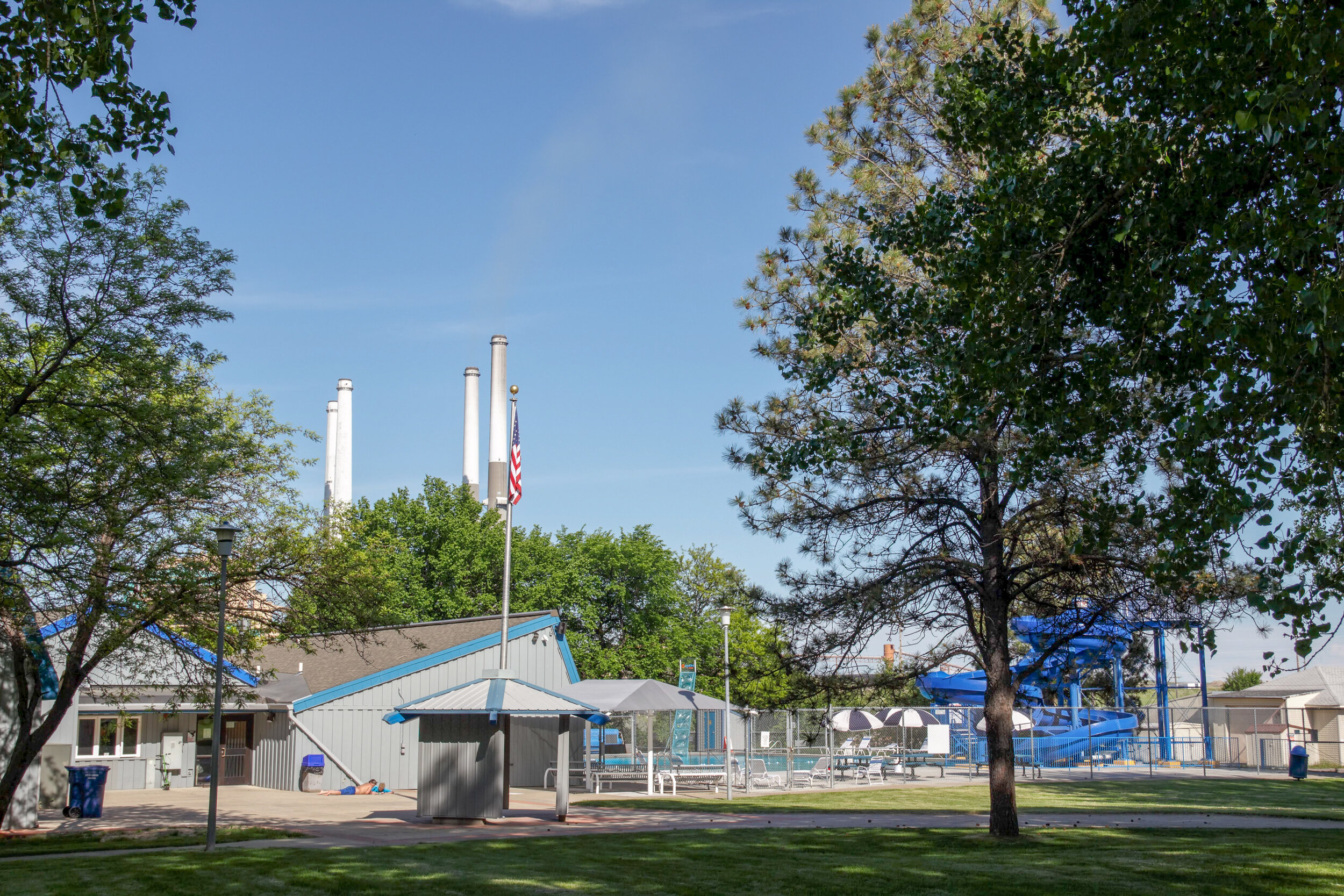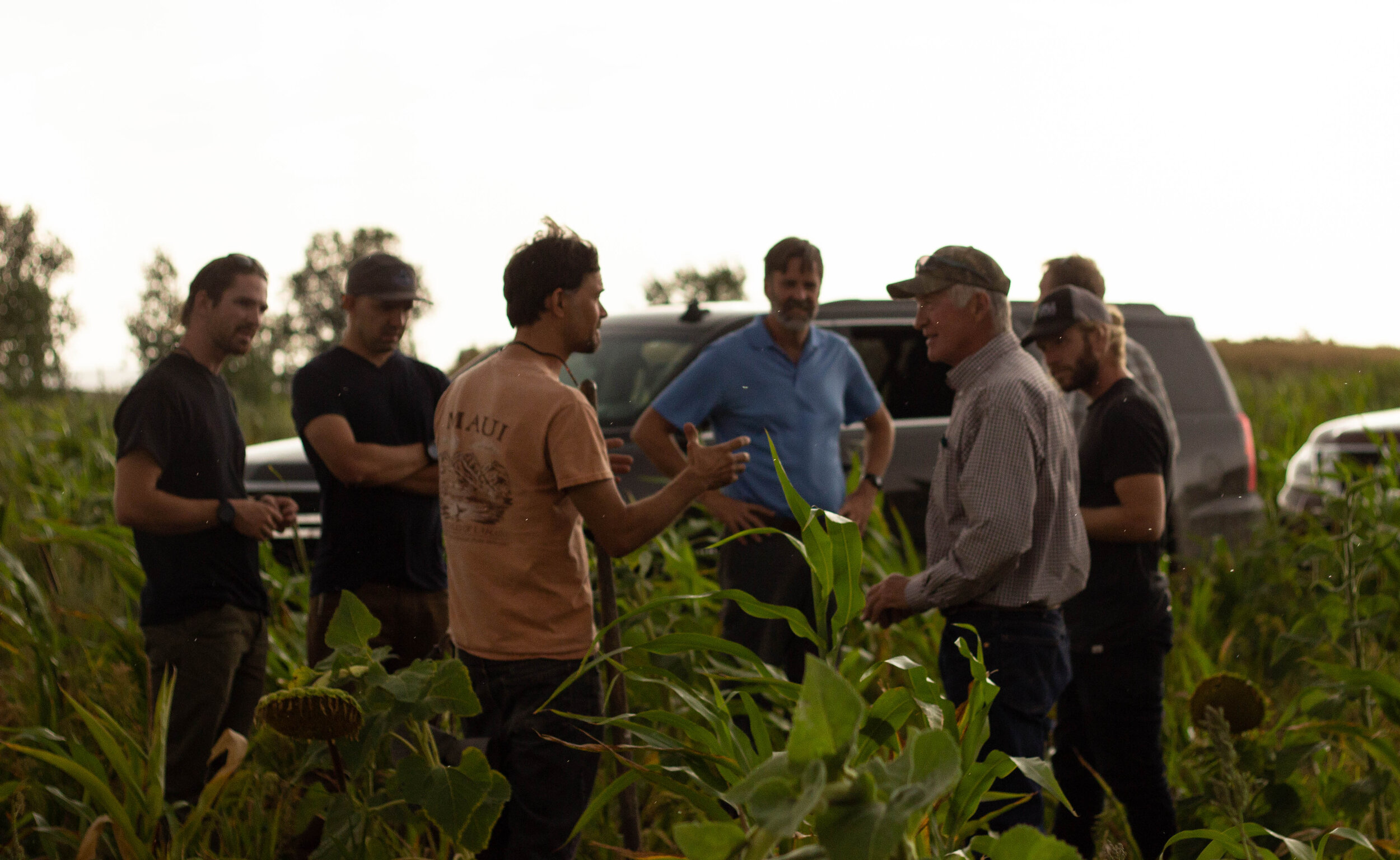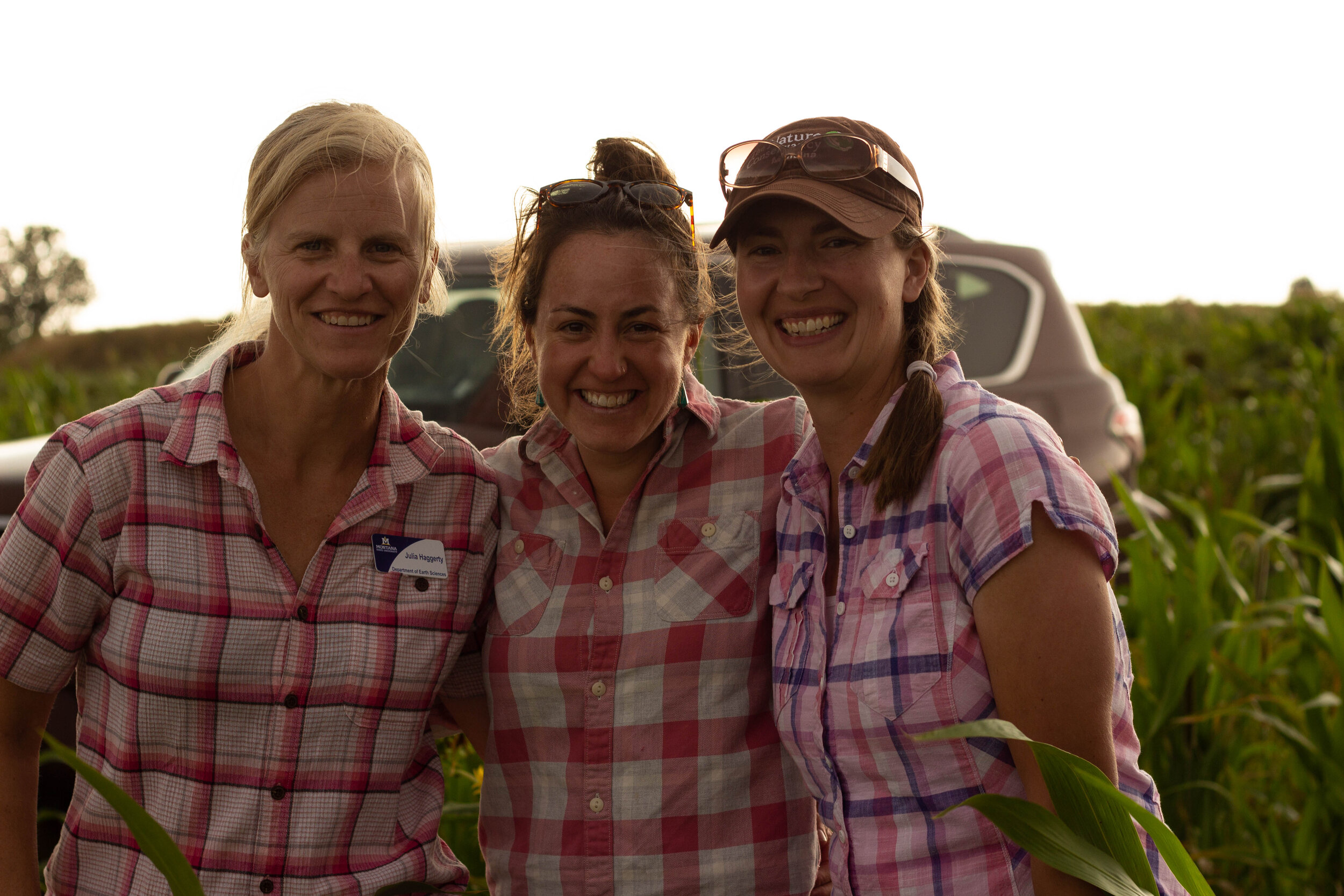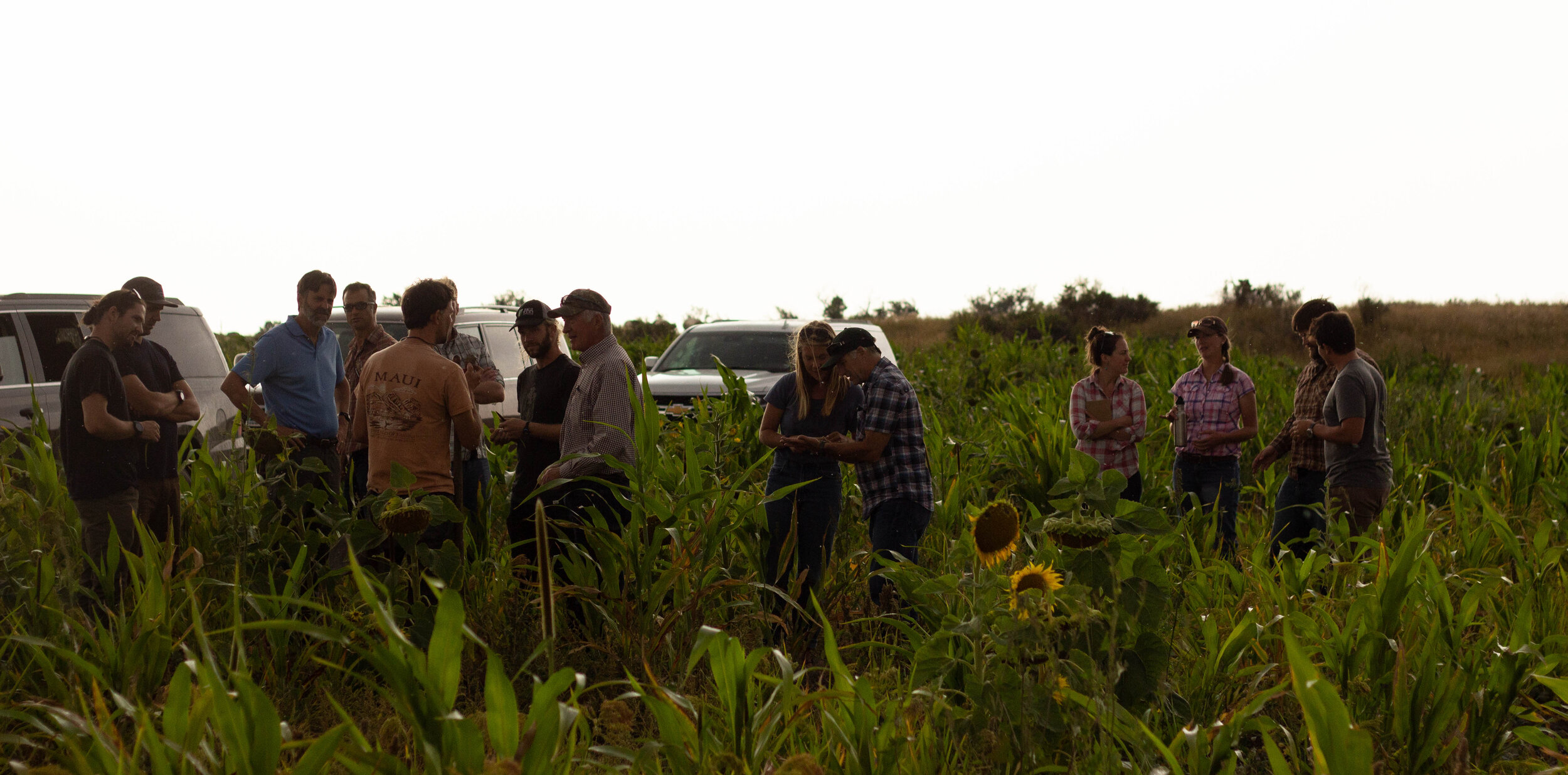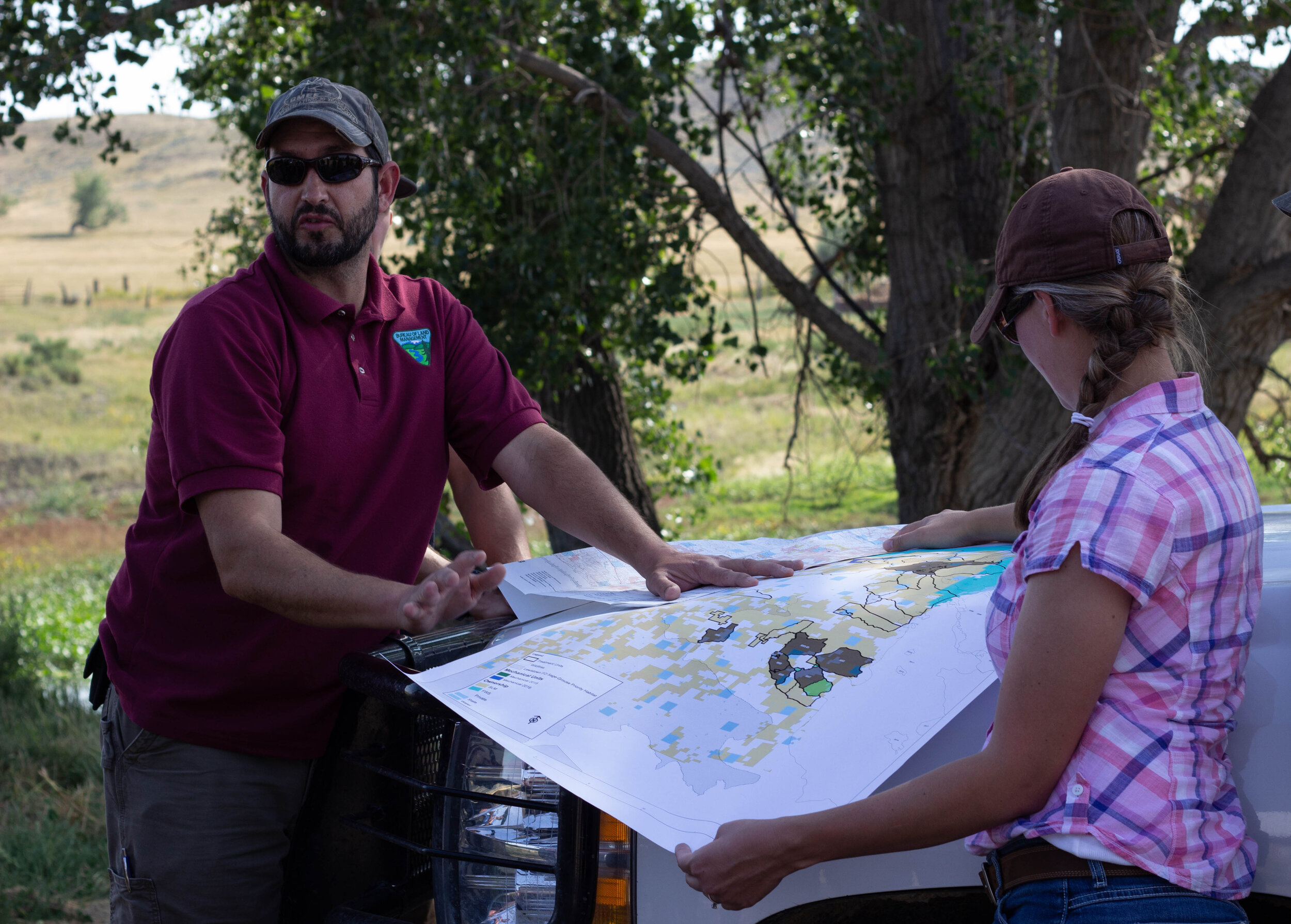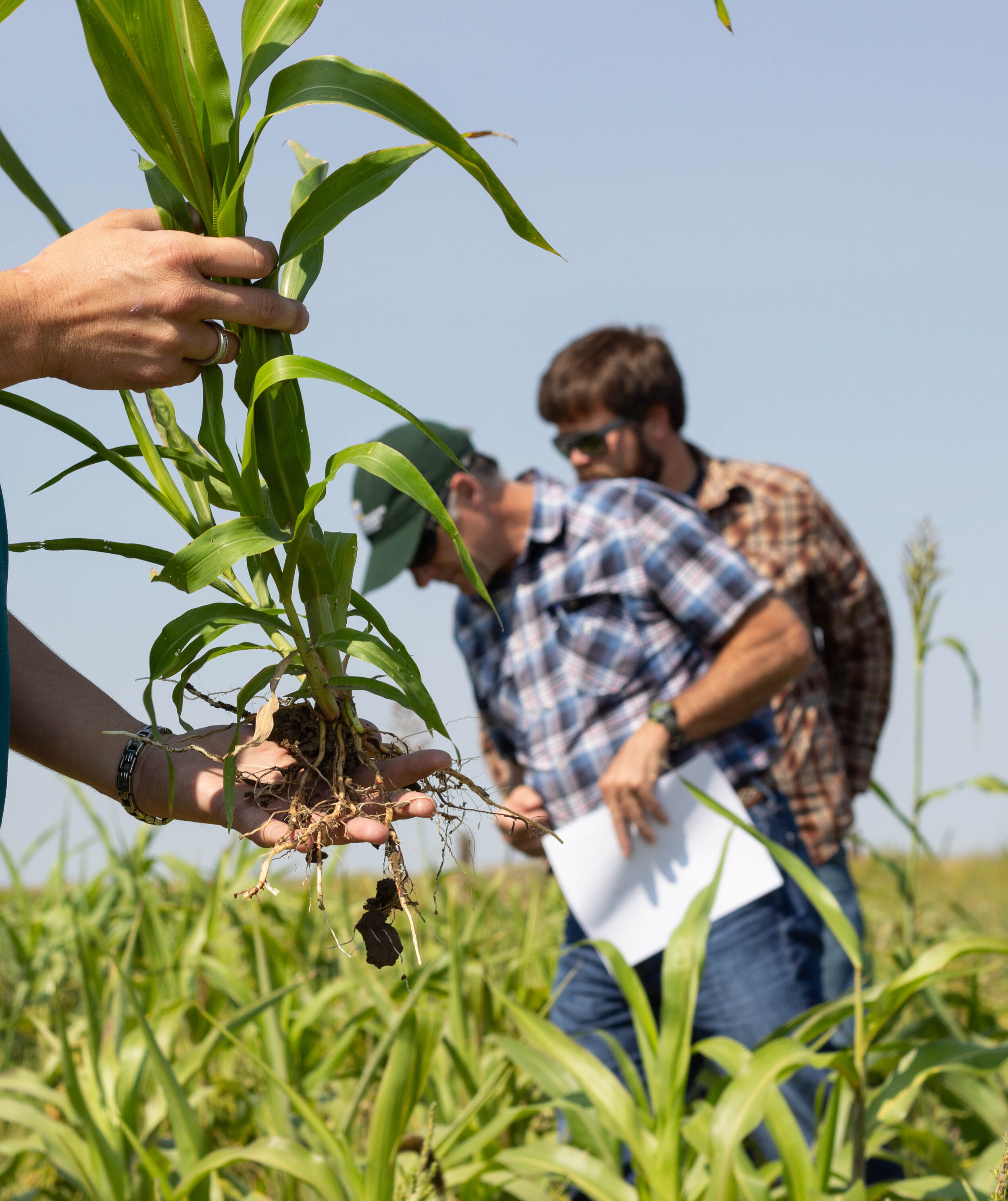On February 1, 2020, Dr. Julia Haggerty was appointed to the Interim Director position for Montana Institute on Ecosystems (IoE). Dr. Haggerty’s leadership role begins immediately and will run through June 30, 2022 (i.e., 18-mo appointment). This timeframe was selected to allow for additional time to get through challenges with ongoing COVID uncertainties, and to cultivate a long term strategy for IoE funding and leadership. Over the next 18-months Dr. Haggerty will work to foster growth and impact IoE research and scholarship, as well as help to find creative strategies for supporting the outreach and curricular excellence within the Institute. Congratulations to Dr. Haggerty and the IoE!
From Big Sky Country to the Land of Enchantment: Coal policies are all over the map
A new study in the Journal of Energy Policy from Montana State University offers a synopsis of federal and state energy transition policies, focused on the impacts on the people who live in rural coal communities in six Western states. By examining the policies addressing impacts of the declining coal industry in Arizona, Colorado, Montana, New Mexico, Washington, and Wyoming, the study authors found that:
1. The lack of comprehensive federal energy policy exacerbates uncertainty and challenges planning efforts in coal-dependent communities.
2. State policies vary widely–some encourage the energy transition away from coal, while others resist or prevent the coal transition by bolstering the coal industry.
3. Existing transition assistance programs do not adequately address the needs and capacity of remote isolated communities.
Taken together, these findings help to inform the search for policy that effectively addresses the needs of workers and resource-dependent communities in the energy transition.
Policies that confirm and establish a clear timeline for transition are critical to set the stage for productive community engagement – ideally, an adequate heads-up allows time to prepare for workforce and revenue impacts. For example, in Centralia, Wash., labor stakeholders negotiated the timelines of closure in order to plan and to think about the redirection of their workforce. In contrast, where state efforts have focused on efforts to postpone decline, communities are less likely to plan and end up more exposed to unexpected closures and layoffs.
Across the board, lacking plans to mitigate the impacts of revenue loss, local governments are headed toward a fiscal crisis. This is a critical missing piece of existing assistance programs. In an interview, an economic development practitioner who works for a regional development district describes how this reality affects community stakeholders’ willingness to discuss aspects of transition: “They [would] sit in a room and start talking about transitioning economies, that there’s not a direct replacement [for what is lost]… I think that the backfill of revenue support to communities is the piece that we have not figured out well on any level. If we could figure that out, communities would be much more willing to transition.”
Our interviews also revealed the limits of existing assistance policies, observing that federal assistance to coal communities has so far failed to address the needs of remote isolated communities. Not only do existing programs fail to embrace the fundamental challenge of transition in resource peripheries--the lack of obvious development options to replace the coal-based tax revenue, economic base activity, and employment--they also put an enormous burden on local actors who lack the resources and authority to implement meaningful solutions to local issues and often do not technically qualify for assistance. Furthermore, access to assistance is hampered by administrative rules that are out of step with the nature of transition impacts. As one interviewee quoted in the paper put it: “We have [a] community that was one of the most impacted by the closure of the coal mines, but they didn’t qualify for opportunities now, because their wages had not decreased during the time in which they were doing the consideration… That’s one of the challenges… They’re not always qualified to start the planning process.”
Opportunities to improve policy to address the coal transition:
As federal and state policies evolve, and as private actors like investor-owned utilities consider their responsibilities to coal communities, our study provides some actionable advice.
Federal energy policy that establishes clear timelines and strategies for transition is necessary to eliminate the uncertainty that currently undermines motivation and capacity for planning. Utilities and their regulators also have a role to play in clarifying retirement timelines for coal-dependent communities.
Federal and state policy can mandate, support, and implement comprehensive assessment of impacts of closure to identify cumulative impacts and local vulnerabilities, working with local and industry stakeholders to identify locally-appropriate strategies to mitigate social, economic, and environmental impacts of closure.
Expanding federal, state, and industry assistance programs in scope and scale will help to deliver sustained, predictable funding for assistance programs and significant reinvestment opportunities in impacted communities and regions. More flexibility is needed in how grant programs can be used to better meet the needs of vulnerable communities (i.e., allow access to programs before closures are officially announced).
Limited capacity and weak ties to state and federal actors currently impede meaningful transition planning. Political and industry decision-makers can facilitate and support coordinated regional planning that integrates energy system and economic development considerations.
States need to consider reforming fiscal policy to remove barriers to saving revenue and expand the range of tools that enable communities to unwind fiscal dependence on coal revenue.
ARTICLE
Kelli F. Roemer, Julia H. Haggerty, Coal communities and the U.S. energy transition: A policy corridors assessment. Energy Policy, Volume 151, 2021, 112112, ISSN 0301-4215.
https://www.sciencedirect.com/science/article/pii/S0301421520308235
Contacts:
Kelli Roemer: kelli.roemer@montana.edu (208) 731-2444
Julia Haggerty: Julia.haggerty@montana.edu (406) 600-1766
View of the Colstrip Steam Electric Station from the lawn of the Colstrip recreation center and pool. June 5, 2019.
Extended engagement with people and place motivates interdisciplinary reflection about the future of conservation in central MT
A new study in Ecology and Society from a multidisciplinary team of researchers from Montana State University assesses factors influencing the future of rangeland conservation in Montana’s portion of the Northern Great Plains (NGP). One of the world’s last remaining intact, native rangelands, the NGP supports habitat for a rich diversity of wildlife and range-based livelihoods. The region’s global status as a priority target for conservation has motivated fervent interest in various conservation approaches and strategies, including a well-known protected area project called the American Prairie Reserve.
Conservation strategies like protected area projects seek to respond to global demands to halt biodiversity loss in grassland ecosystems with speed and efficiency. However, the authors question what gets lost when a ‘sense of urgency’ guides conservation approaches. Past research emphasizes how more deliberate and often slower conservation strategies are necessary to address the complexity of the region's social and ecological dynamics and build engagement across the region’s conservation stakeholders and rural communities to meet and sustain conservation goals. The author team argues that examining these tradeoffs - between urgent and more deliberate conservation approaches - is critical to assessing the long-term outcomes of conservation agendas.
To disentangle the important factors at play influencing conservation outcomes in the Northern Great Plains, the author team took a participatory approach. Over three years, the author team engaged with regional stakeholders through speaker series and extended field tours to learn about the key issues facing rural communities and rangeland ecosystems in central MT. These efforts included hearing from experts like Quentin Kujala of the Montana Department of Fish Wildlife and Parks about the concerns of the region’s wildlife, as well tours of working ranch operations in and around central Montana, a tour of properties affected by the 2018 Lodgepole fire, and an overnight stay at one of the American Prairie Reserve’s campgrounds and interpretive facilities. “We formed the Montana State University Grasslands Resilience Working Group to create a space on campus for graduate students and faculty to come together around shared interests in rangeland conservation,” says Katie Epstein, lead author on the study. “Engaging with and learning from the people and communities invested in rangeland conservation was key to creating an evolving research design and approach that could incorporate regional perspectives.”
The study examines three important dynamics relevant to the future of conservation: changing climate and disturbance regimes, changing land-use patterns, and the influence of land use on biodiversity outcomes. Graduate students in the Working Group led a focused literature review effort to summarize key insights from the current state of knowledge and highlight gaps in understanding, identifying what the group called “certain uncertainties.” How will fire and climate interact to produce land cover in the region? How will shifts in land ownership influence land use, and what adaptive management practices can best support the region's diverse rangeland habitats? Managing these uncertainties at the regional scale necessitates deliberate and coordinated approaches, which often require coalition and trust-building but can also be time-consuming and resource intensive. Yet, the author team argues that a slower approach to conservation, one that engages with regional stakeholders, invites collaborative dialogue around the future of the region and its conservation goals, is critical to meeting conservation objectives and sustaining them into the future.
More than just an academic exercise, the Working Group argues that their research takes an engaged approach to interdisciplinary learning and graduate education seriously. A truly grassroots enterprise, the Grasslands Resilience Working Group and their regional assessment of conservation attempt first and foremost to embody the university’s land grant mission, to serve both people and ecosystems of Montana.
Citation: Epstein, K., D. J. A. Wood, K. Roemer, B. Currey, H. Duff, J. D. Gay, H. Goemann, S. Loewen, M. C. Milligan, J. A. F. Wendt, E. Jack Brookshire, B. D. Maxwell, L. McNew, D. B. McWethy, P. C. Stoy, and J. H. Haggerty. 2021. Toward an urgent yet deliberate conservation strategy: sustaining social-ecological systems in rangelands of the Northern Great Plains, Montana. Ecology and Society 26(1):10.
https://doi.org/10.5751/ES-12141-260110
